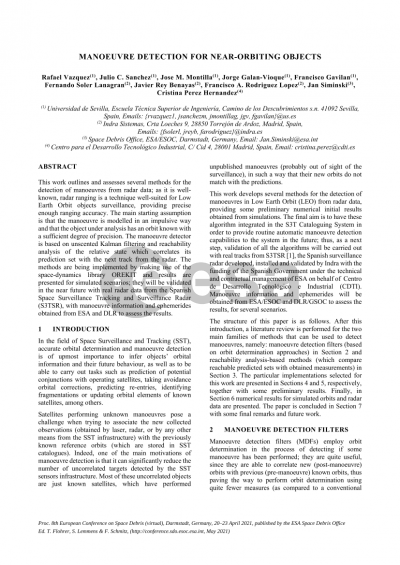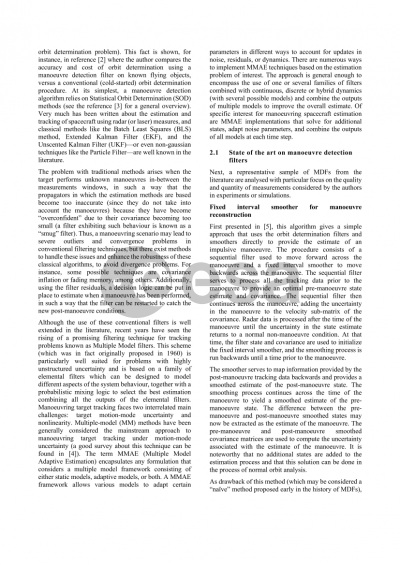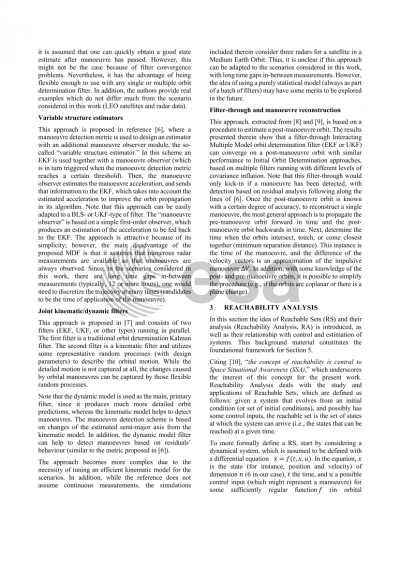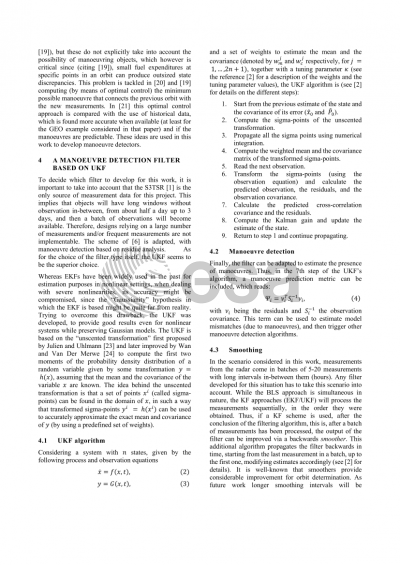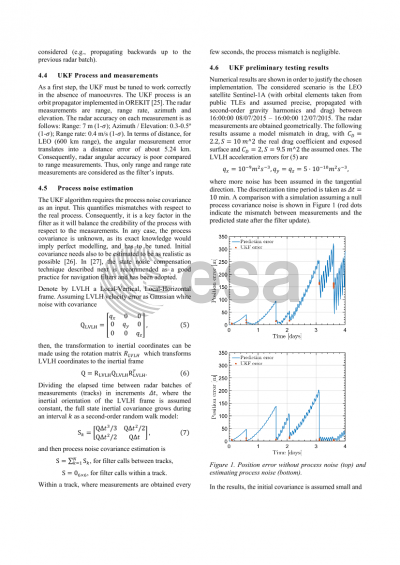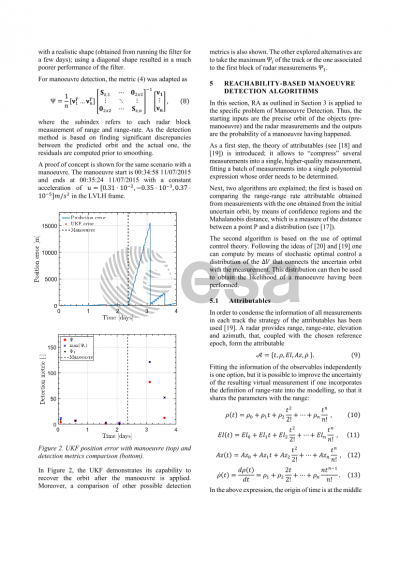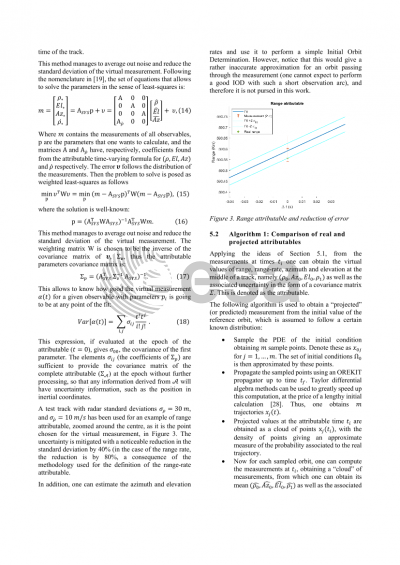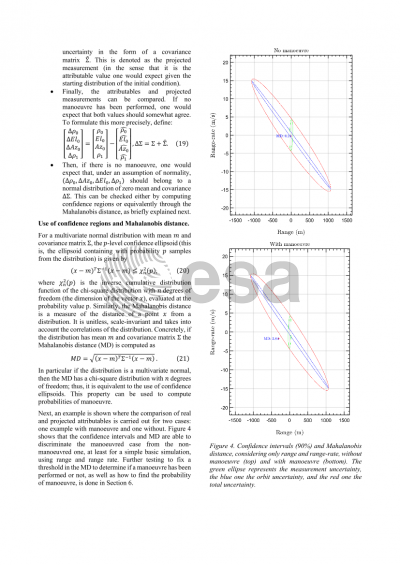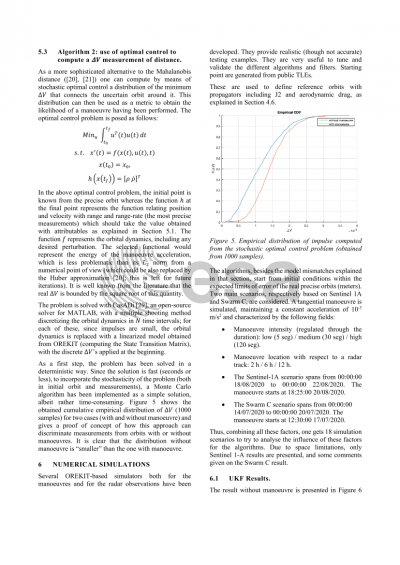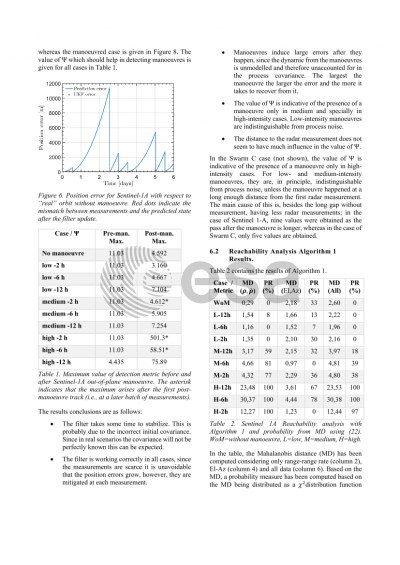Document details
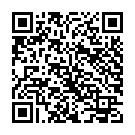
Abstract
In the field of Space Situational Awareness, accurate orbital determination and manoeuvre detection is of upmost importance to infer objects’ orbital information and their future behaviour, as well as to be able to carry out tasks such as prediction of potential conjunctions with operating satellites, taking avoidance orbital corrections, predicting re-entries, identifying fragmentations or updating orbital elements of known satellites, among others. This work outlines and assesses a method for the detection and characterization of proximity manoeuvres from radar data, with validation carried out with real tracks from S3TSR, a LEO surveillance radar developed by Indra. Proximity manoeuvres are those performed by objects which are in close orbits to other objects, with the aim to reduce, maintain or increase its relative distance. This encompasses cooperative cases such as rendezvous, formation-flying or launcher initial separation, as well as uncooperative or even hostile ones. A recent example which made the news was a couple of Russian satellites that were apparently tailing an American spy satellite, after performing a series of manoeuvres. Consequently, there is clearly an interest, in civil and military environments, in identifying near orbiting objects as well as detecting and characterizing their possible manoeuvres. The method detects and reconstructs the manouevres from radar data; as it is well-known, radar ranging is a technique well-suited for Low Earth Orbits operation, providing excellent detection capabilities (operating in survey mode) and precise enough ranging errors. From radar data, both a manoeuvre detector and a manoeuvre characterization tool are under development. The main starting assumption is that the manoeuvre is modelled (or can be approximately modelled) in an impulsive way and that at least one of the close objects has an orbit known with a sufficient degree of precision (either from operator’s data or from orbit determination). The manoeuvre detector is based on reachability analysis of the relative state which correlates its prediction set with the next track from the radar translated to relative coordinates. The reachable sets are to be calculated by means of a differential algebra expansion on the relative dynamics, for the sake of computational efficiency, while retaining enough precision. This analysis provides a probability measure of a manoeuvre occurrence or not, with increasing certainty with increasing number of radar measurements. Subsequently, the manoeuvre characterization tool outputs the magnitude and direction of the most likely velocity increment. This second tool is based on a Multiple Model Adaptive Filter incorporating a representative predefined set of the most frequent manoeuvres models, which are then weighed based on the plausibility of each model with respect to the measurements. The methods are being implemented by making use of the mission-proven free low-level space dynamics library OREKIT (ORbit Extrapolation KIT) and they will be tested with real radar data from the Spanish Space Surveillance Network. Manoeuvre information and ephemerides for proximity missions are obtained from the European Space Agency to assess the results.
Preview
